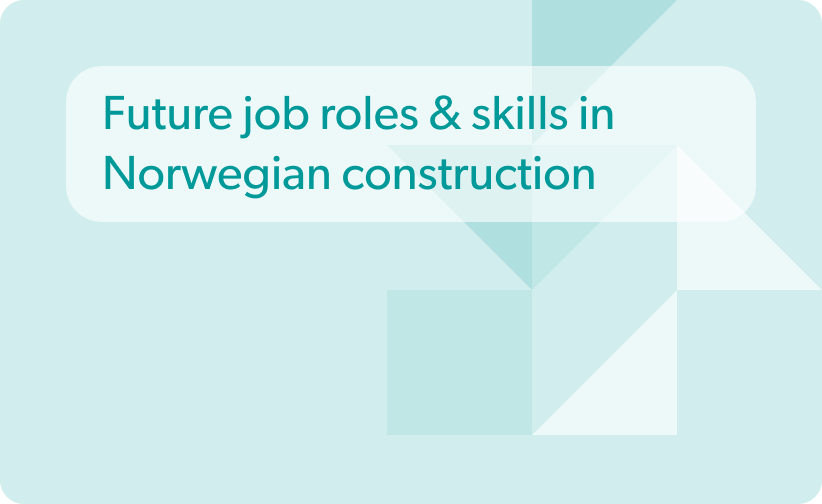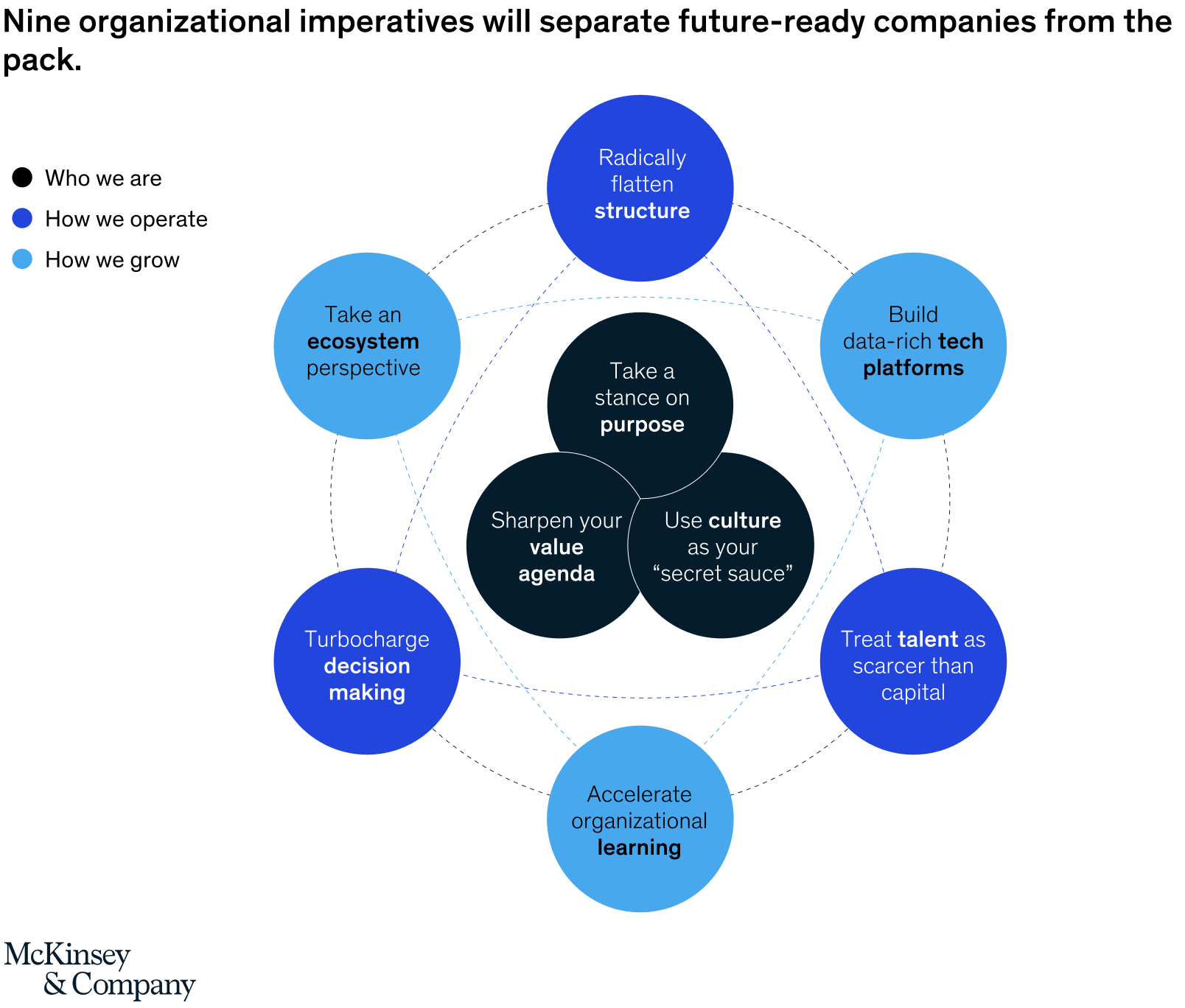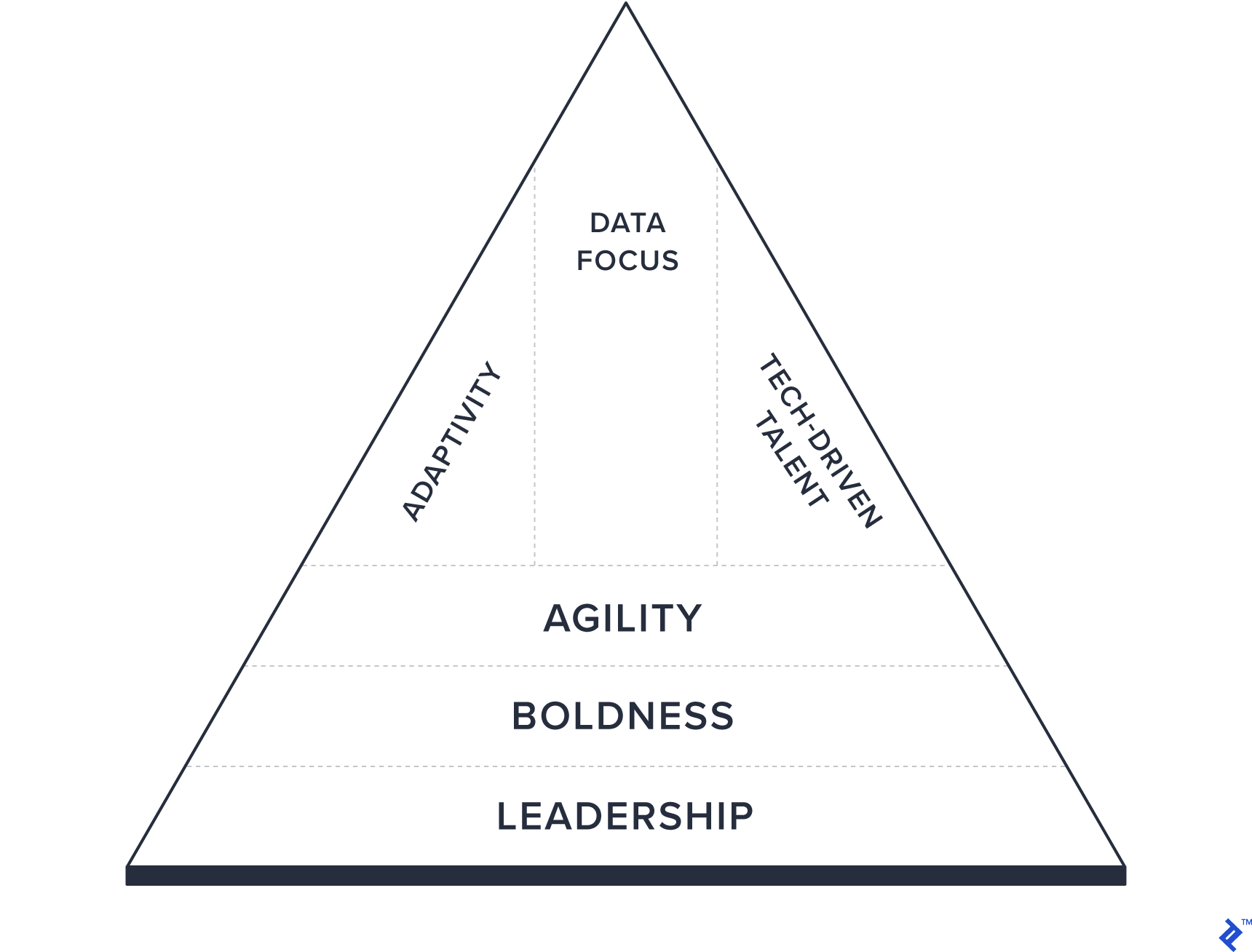How can HR managers help you increase your future viability?
What future-proof factors should you use to move your organization forward?
Knowing how to successfully evaluate and lead a change project to completion in today’s increasingly digital landscape is no small task. For companies to succeed, they should have a workforce with the right skills and knowledge to navigate such landscapes. Knowing how to properly guide and influence people through these changes is also essential.
In this article, we take a realistic and holistic look at future viability strategies you can use at any level of your organization as a business leader or HR manager
What is business viability?
Business viability refers to the situation in which the business survives or searches for options that will be successful in the long term. A business viability plan helps you understand if your organization is (or has the potential to be) successful. Simply put, future viability is profitable for the business, generating more revenue than it costs in operating expenses.
Future-proof factors show that a business is viable if:
- The business returns a sufficient profit to provide a gain to the owner and fulfill obligations to creditors.
- The business has sufficient cash resources to support itself when ROI is low.
Business News Daily considers a business idea viable if it has the potential for growth and further success and brings stable income for quite a long time.
“The world is a possibility if only you’ll discover it.” — Ralph Ellison, Invisible Man
When you hire specialists, think about how they will benefit your company and whether their skill sets will be relevant to your business needs.
Bringing an idea to market can only be considered viable if there is the necessary demand to sustain it over a long period. If the idea didn’t work, it could be something you shouldn’t risk investing in.
Acquire better talents and improve your future viability
See an example of how a company can tailor its workforce to its business requirements by studying the labor market and hiring and developing talents of the future.
Why is it essential for companies to increase their future viability?
Just as there’s isn’t one right way to make a sandwich, there is no one-size-fits-all solution for businesses to become successful. However, there is a pattern of actions that can improve your future viability. Ongoing experiments show that future-ready companies have three common characteristics:
- They know who they are and what they stand for (their business and corporate culture).
- They know how they stand out from others (what separates their future-readiness from the pack).
- They focus on learning, innovation, and seeking good ideas regardless of their background (intense learning and development team).
Source: McKinsey & Company
According to a McKinsey study, up to 95% of economic profits come from the biggest 20% of companies. An organization that doesn’t seek new approaches takes more time for its future viability.
However, despite all future-oriented trends, organizations still have traditional hierarchies with roots dating back to the industrial revolutions in the 19th and 20th centuries. These structures provide a clear path of authority from frontline employees to the management level.
Innovating or changing your workflow matrix can improve your future viability.
For example, Nvidia invests not only in new technologies but also in the development of its employees. They help their workforce upskill and, thus, change their workflow matrix. This has helped the company go beyond offering graphics processors in the gaming sector to offering some of the most powerful graphics processors for gaming.
Nvidia’s main advantage is that it’s small compared to Intel (its competitor) and, therefore, can afford flexibility.
Intel, by contrast, is stuck in manufacturing and comes with the baggage of risk avoidance. Intel can only enter a new line of business if they accept that its factories may be idle if new products don’t find sufficient demand.
Implementing innovations in the work process in today’s highly competitive world is the way to achieve organizational and economic growth.
Tips to ensure your organization’s future viability
Close observation of the relevant business environment is indispensable for organizations and is the only way to notice changes for future viability. Therefore, try first to identify needs for action and opportunities early and develop solutions.
Numerous examples of organizational blindness show that this is often easier said than done.
According to VentureBeat:
- Only 50% of startups survive 5+ years
- 9 out of 10 startups fail
- Only 0.1% of businesses ever reach $250 million in annual revenue
Organizations should constantly renew and modernize their service portfolio. We share with you how the HR department can help you ensure future viability.
Concepts & strategies
Working in HR requires a unique combination of interpersonal and strategic skills. There are many administrative duties and processes, but most work is people-oriented. Human resource models add value to the business:
- The standard causal model of HRM (human resources management) shows that a chain starts with business strategy and ends with HR processes with (improved) financial performance.
- The model with eight drawers by Paul Boselie considers how a company’s history, culture, and technology influence the HR strategy and communication in the company’s workflow.
- The HR value chain model says that everything you do (and measure) in HR can be divided into activities and outcomes.
Conflict resolution
It may seem like a problem unrelated to future viability, but having a conflict resolution strategy also helps you reduce unwanted costs of losing talent, searching for new employees, and ensuring business stability.
Conflict is a normal part of working relationships. When people work together for more than 40 hours a week, there is bound to be conflict.
The workforce manager works to resolve these conflicts. A conflict resolution strategy is a future-proof factor that involves mediating the dispute, managing the exchange of information, and helping each side reach a satisfactory resolution.
Change in digital transformation
With this future-proof factor (develop or modify business strategy so it continues to be useful or successful if the situation changes in the future), an organization rethinks and improves itself through digital technologies that change the business and society.
It’s about fundamentally reimagining an organization’s business operations and customer experience with digital technology and creating a stronger, more agile company.
A Forrester report recommends that organizations can lay the foundation for a successful digital transformation by getting managers at all levels to commit to this process. The HR department can be a mediator between senior management and employees. Progress can stall without decision-makers at the top to enable essential steps, such as bringing on a new employee or team to modernize an outdated CMS. With management support, an organization can start a digital pilot project: for example, to digitalize one function of a small business. Then, as confidence emerges in a successful digital initiative, the organization can move forward with bolder and more experimental projects.
Source: Toptal
Summing up
Being ready for the future means building capabilities to meet future challenges. A company should regularly update its know-how to stay ahead of competitors. If a company knows how stagnates, it will face competition from imitators, lag behind competitors, and eventually fail.
We showed how HR managers can help you achieve future viability by rethinking your work structure, assisting with conflict resolution, and introducing personalized talent programs. If you have more questions or would like to get precise labor market data, let’s get in touch!
Stay up to date with our newsletter
Every month, we’ll send you a curated newsletter with our updates and the latest industry news.





























 info@hrforecast.de
info@hrforecast.de
 +49 89 215384810
+49 89 215384810






